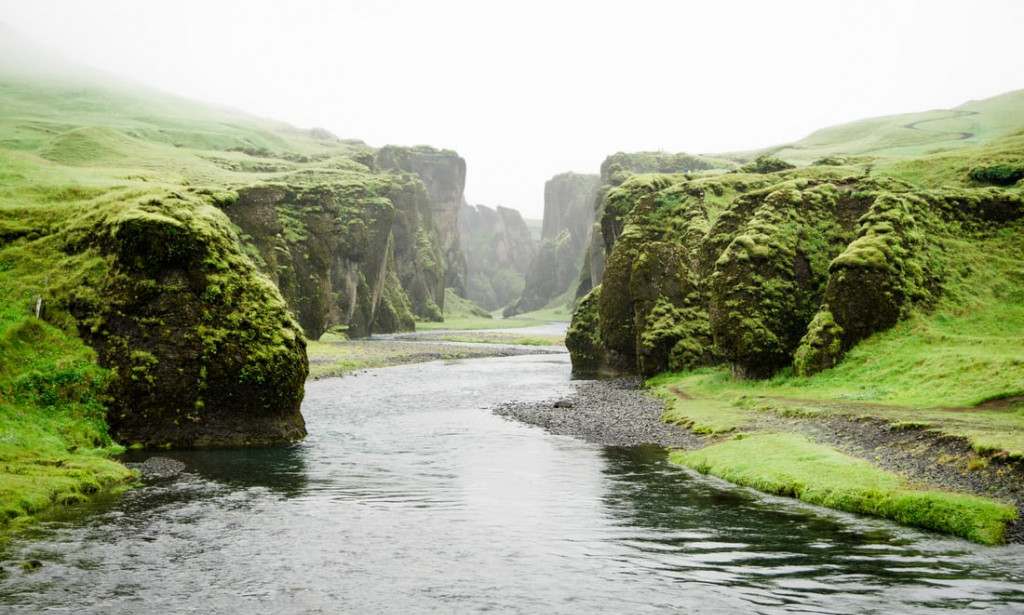THE PARADOX THAT IS RIVER NZOIA
River Nzoia, a river that has Mt. Elgon as its source and which empties its waters in L. Victoria, is a source of happiness and sadness to residents downstream. It brings life. It also brings death. In that death there is life, just like death lurks behind the life it brings. It is a real paradox.
The Nzoia offers a lifeline to hundreds of youth who have missed out on the very few job opportunities offered by government. The young men work as sand harvesters to support themselves while satisfying the insatiable thirst for sand in nearby towns. This has seen quite a number of boys drop out of school to earn a quick buck. Girls have not been spared in this dropping-out spree. The source of money ends up killing the dreams of some to advance their education.
Many residents of villages and towns along the river banks have made use of The Nzoia in more ways than one. For some, it is a source of fresh water. This reigns supreme in places whose salinity gives water in boreholes (and this happens frequently) some sour taste. Cows quench their thirst by the banks of the river. And for some, it is a bathroom, WC and laundry, all in one breath. You can imagine, therefore, of a user downstream who wants water for cooking and doing dishes, only for them to see some smelly greenish-yellow stuff floating from some guy’s toilet upstream, straight for the jerricans!
Further downstream, we have Bunyala Irrigation Scheme. It is one of the three zones gazetted by the Government of Kenya for rice cultivation. And you got it right: the rice-growers use the waters of The Nzoia to irrigate their paddy fields. In the past, irrigation was done exclusively in the fields of rice. Nowadays, with the advent of the extension officers who spread the message of moving away from rain-fed agriculture, other people cultivating all manner of crops have embraced irrigation, thanks to the Nzoia.
On the flipside, we have a Nzoia that is famed for its floods. Residents of the low-lying regions of Western Kenya dread it when the heavy rains pound the region. Many are displaced during the rains as the Nzoia wrecks havoc, leaving destruction of property and loss of life, both human and animal, in its wake. The waters destroy crops too. The locals have many myths and legends about this. They believe that, during the floods, the spirit of the Nzoia is awakened, it colonises the area for as long as it is necessary. Only a human sacrifice, they say, could appease the disturbed-disturbing spirit. And that is why, any time a man drowns, the water levels subside. By the way, the spirit loves non-locals.
The floods, hated by some, are heaven-sent for others. The waters are like a passport of sorts, allowing passage of fish from the lake during the transfer window. To those who persevere, there is an abundant supply of fish in the most ideal place: their doorsteps. And in the most ideal way: reaping where they never planted. All that is needed is for one to open one’s front door and voila! All manner of fish would be there, begging to be picked from the water. Sadly though, the waters bring snakes into the houses as well. And water-borne diseases. And malaria-transmitting mosquitoes. And malaria.
It is a river that gives livelihood to the residents. In the livelihood, there lurks death. It irrigates the land. And kills the food it has helped so much to grow. In floods it brings tons of grief. In the grief, there is a basket of blessings and curses, depending on the hand that touches the basket first. It is a true definition of paradox: it is the Nzoia.

You must be logged in to post a comment.